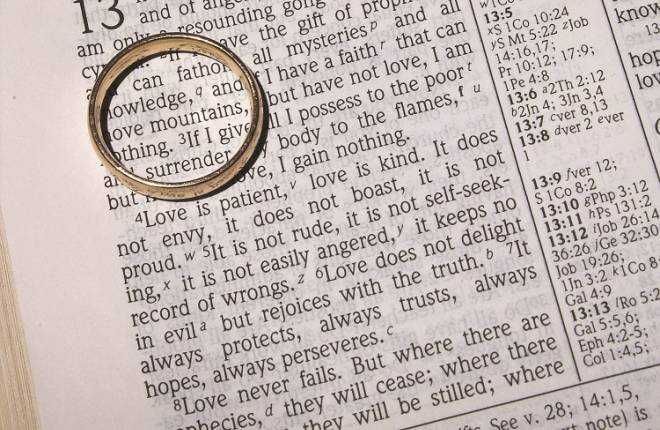Under normal circumstances, the bride can enter church in the way she feels most comfortable and relaxed and there are no legal requirements. She could walk down the aisle with one or two people – they could be her father or someone else like her brother or her son, another relative or a friend, or she can enter by herself. The person or persons who accompany her to the front would then move to their seats when the groom steps out and stands next to the bride.
Involving parents
Just before the couple exchange vows, the contemporary wedding service includes some optional words that allow both sets of parents to affirm that they are happy that the two getting married are making a good decision:
“Do you the parents of n and n entrust them to one another as they come to be married?”
This form of wording allows parents to take part whatever the current complexities of relationships might be and also reflects the realities of a relationship built on equality, trust and choice. Parents stand wherever they are to say these words – which will work well under the current guidelines.
Traditional option of ‘giving away’
If you look up how the tradition of ‘giving away’ a bride originated, you might be concerned that this part of the ceremony used to be about the bride as the ‘property’ of one family being transferred to another. Happily, this tradition of ‘giving away’ is today rich with other meanings based not on transaction but on the gift of love and relationships.
For some couples this part of the wedding ceremony is particularly beautiful because it results in bringing together two different families through the couple’s love for each other in marriage. The point of ‘giving away’ can also be a powerful and emotional moment of respect, trust and devotion, recalling words from the Bible that in marriage a person leaves their parents, letting go of the past to become part of a new adventure, united with the person they love for the rest of their lives.
















